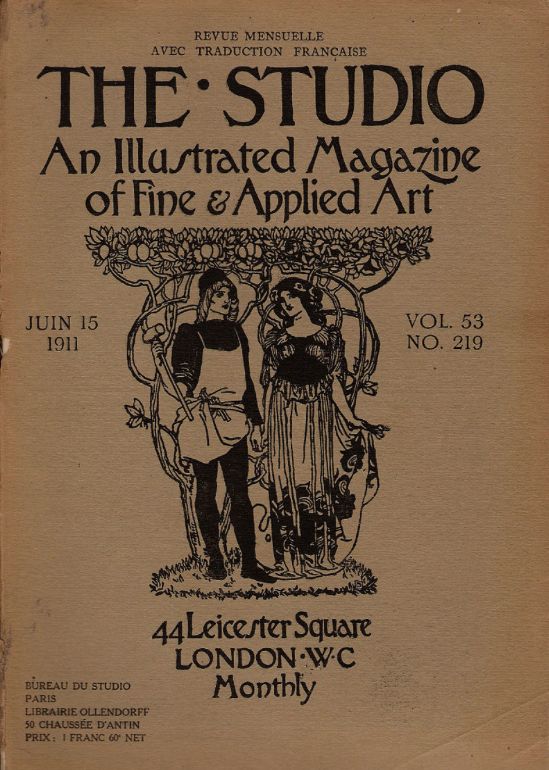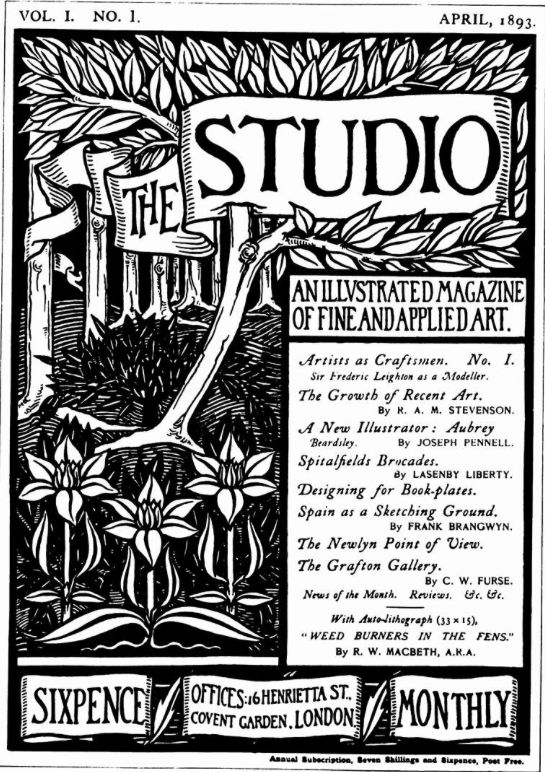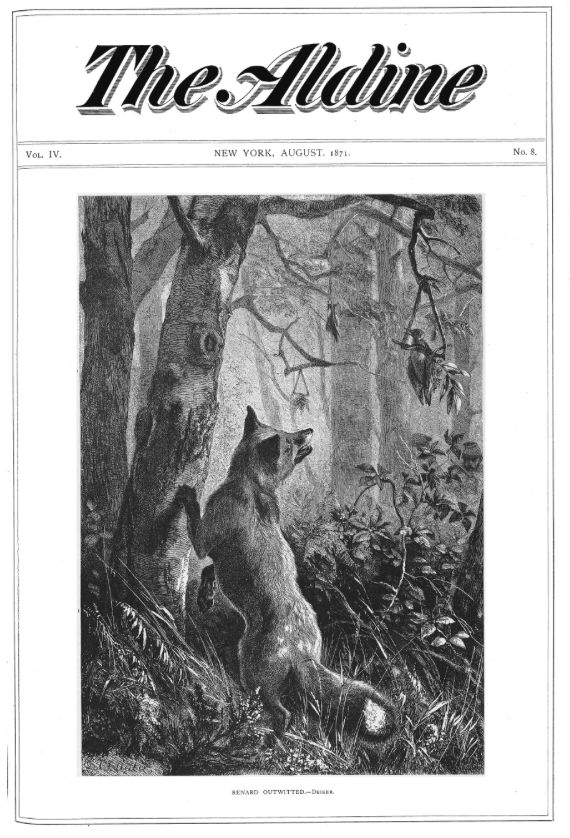Rodolphe Piguet

The Studio (1911, pp 160-163)
Geneva. Rodolphe Piguet belongs to those Swiss artists who have been and are an honour to Swiss art beyond the frontier, who accomplish the greater part of their life-work in such centres as Paris or Munich, but who never forget, amidst the intoxication of success and fame, the beautiful home-land. He began his career as a painter on enamel in the studio of the Genevese master Charles Glardon, who carried on the tradition of Thouron and Petitot.
Mr. Piguet has always been a staunch defender of the claims of the art of painting on enamel, for which Geneva was so distinguished in the days of those masters in the practice. It is a matter for regret that the best traditions of this exquisite art have not been maintained. A Geneva school of painting on enamel in which the spirit and traditions of the early masters should be caught and carried on would be welcome. Why should this practice be regarded as one of the minor arts in painting, any more than the sonnet as minor work in poetry? Boileau has said:
Un sonnet sans defaut
Vaut seul un long poème.
and may it not he said, with equal truth that those gems of diminutive art which Petitot and Thouron achieved are of more worth than many a vast canvas? It was not, however, in the practice of painting on enamel that Mr. Piguet achieved fame, though after having left it aside for many years he has returned to it again and has made some happy efforts at landscape and portraiture in this most delicate yet durable art.
At the age of twenty Mr. Piguet left his native land for America, where he worked for some time as illustrator on the staff of the "Aldine Review," and later, on that of the American "Daily Graphic." It was not, however. till he arrived in the electrical artistic atmosphere of Paris that he came to the full consciousness of his possibilities. Here he accomplished his most important work, achieving fame hy his masterly execution in dry-point, coloured engraving, and pastel. The secrets of the language of these he made his own, and into it read his best self. “When I first turned to the use of the dry-point,” he_says, "I found etching, properly speaking, too complicated. I was attracted to the dry-point by what one could accomplish with so simple an instrument and I sought to do on the metal with the point what one does with the pencil on paper." With what skill and delicacy he used this instrument is well known.
When he took to the pastel, he was equally happy, and his impressions in this medium of landscape on the banks of the Marne are suffused with a pensive beauty and luminous quality all their own. Mr. Piguet has been awarded the highest honours at the Paris Salon as well as the Cross of the Legion of Honour, and a glance at his fine pointe-sèches or his exquisite pastels of the Marne side or that album of etchings of Swiss subjects to which I re- ferred in the Special Number of The Studio on Etching and Engraving, is enough to convince us that we have here a work in which technical skill has yielded its utmost, in which the intimate moods of landscape and the elegant as well as familiar aspects of life are finely rendered in limpid language; in which classic and modern methods touch and blend and the charm and nicety of the "little masters " of the eighteenth century have found new expression. R. M.
Figure_903
 |
- The Studio, UK ( Wikipedia )
- The Studio was an illustrated fine arts and decorative arts magazine published in London from 1893 until 1964.
|
 |
- The Aldine, USA ( 1868 - 1879 )
- The Aldine began publishing in 1868 as The Aldine Press, but was shortened in 1871. Subtitles included A typographic art journal from 1871 to 1873, and The art journal of America from 1874 to 1879.[1] Richard Henry Stoddard was the editor-in-chief from 1871 to 1875. The magazine contained high quality engravings of works by Thomas Moran and other Hudson River School painters. It also featured many reproductions of works by popular European academic artists such as Gustave Dore and William-Adolphe Bouguereau. [ Wikipedia ]
The Aldine, Vol. 5, No. 1., January, 1872
- Happy Valley R.E. Piguet 53
- Linville, On the R.E. Piguet 52
- Linville River, The R.E. Piguet 53
- South Mountain R.E. Piguet 53
- Watauga Falls R.E. Piguet 53
- Morganton, View in R.E. Piguet 53
- Blowing Rock R.E. Piguet 57
- Green River R.E. Piguet 72
- Green River R.E. Piguet 73
- Agnes R.E. Piguet 112
- Kate R.E. Piguet 112
- Bonnie Brook, near Rahway R.E. Piguet 112
- Morning in the Meadow R.E. Piguet 113
- Morganton, View near R.E. Piguet 214
- Grandfather Mountain, N.C. R.E. Piguet 215
- Scene on the Catawba River R.E. Piguet 210
|
 |
- The Daily Graphic: An Illustrated Evening Newspaper, USA ( 1873 - 1879 )
- The Daily Graphic was the first American newspaper with daily illustrations. It was founded in New York in 1873 by Canadian engravers George-Édouard Desbarats and William Leggo, and began publication in March of that year. It continued publication until September 23, 1889. [ Wikipedia ]
|
A BRIEF HISTORY OF ENAMELING
(http://cki.altervista.org/storia-smalto-eng.html)
During the 19th century, portraits and landscapes are the favourite themes, such as in the case of portraitist Charles Louis François Glardon (1825-1887). In 1839, Daguerre invented the first system to take pictures on copper film (named “daguerreotype”), which caused a flattening of portrait production in favour of photography. Lastly we remember the name of Rodolphe Piguet (1840-1915) who painted in the style of Impressionism. The impulse of Art Nouveau will contribute to recover the previously disused techniques.






